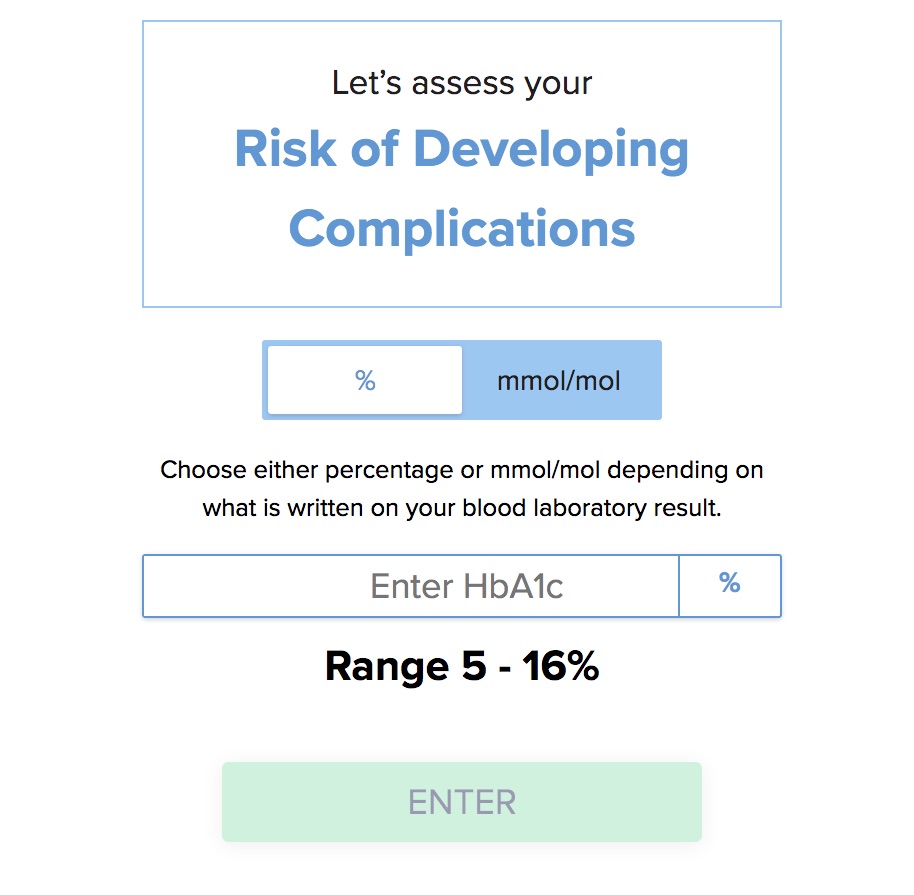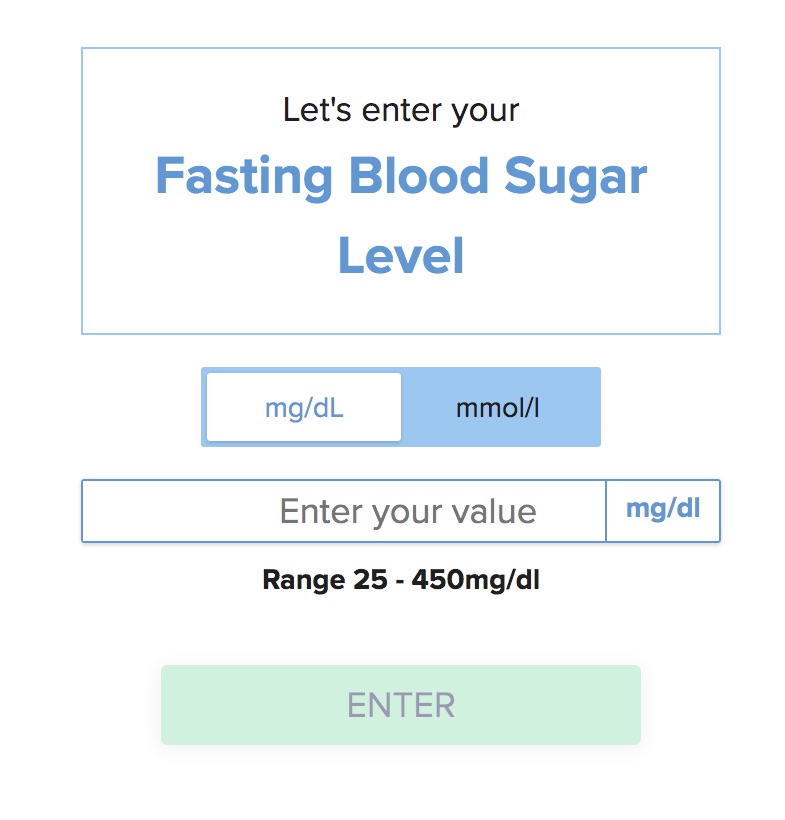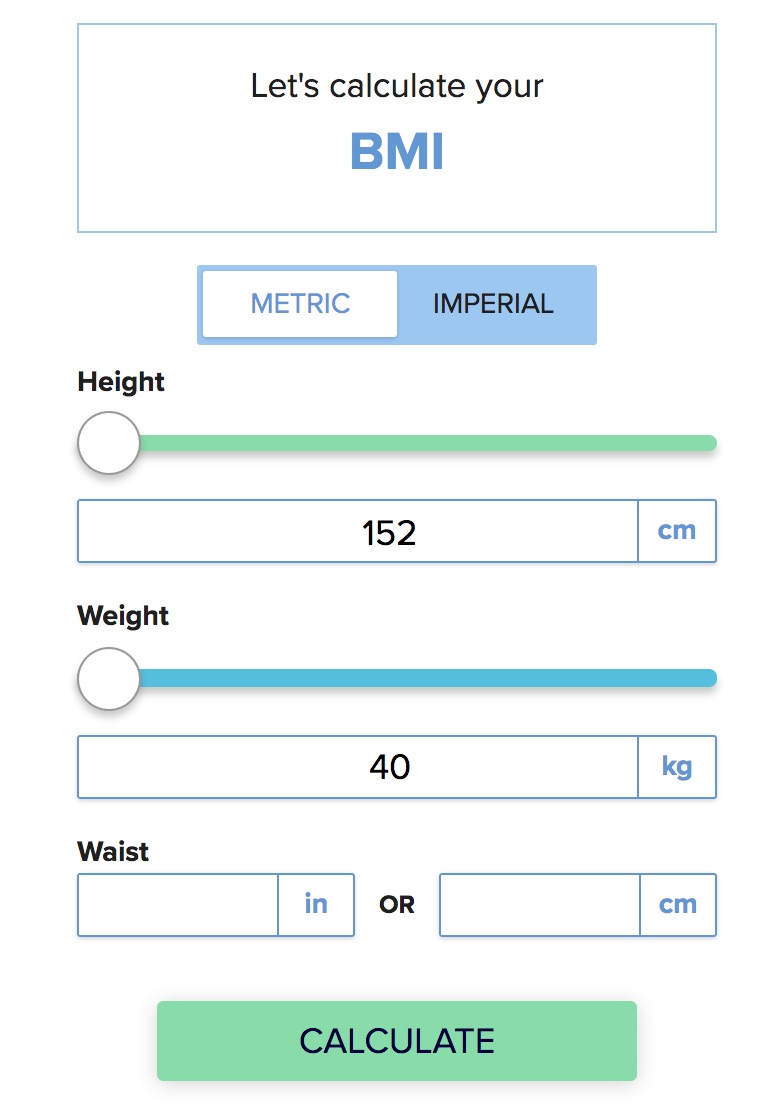- Home
- Dr Sultan Linjawi
Type 1 Diabetes
Type 2 Diabetes
Prediabetes
Gestational Diabetes
- Diabetes Information
- Testimonials
What tools can help me when I have type 2 diabetes?

Tools for type 2 diabetes
We have developed some tools that can help you to monitor your progress with managing your type 2 diabetes! These tools can help to monitor your haemoglobin A1c (Hb A1c), your blood glucose levels (BGLs), and body mass index (BMI).
These tools are all used to monitor how someone with diabetes is managing their blood glucose levels and their weight. By maintaining blood glucose levels and weight in a healthy range, can reduce the risk of complications.
Type 2 Diabetes Content |
|---|
| Type 2 Program |
| Overview |
| Risk Factors |
| Symptoms |
| Diagnosis |
| Complications |
| Treatment |
| Diet |
| Monitoring |
| Tools |
| Mental Health |
| Prevention |
Let's begin with discussing what type 2 diabetes is and what the most common symptom is.
What is type 2 diabetes?
Type 2 diabetes is rapidly becoming of the most common long-term disease in the world. Type 2 diabetes is an elevation in blood sugars that occurs when a sugar called glucose, can’t get into your fat and muscles where it is needed.
The problem causing an elevation in the blood glucose levels, occurs when there is a change in the shape of the insulin receptor. In the normal situation, the body produces a small chemical called insulin (key) whose purpose is to bind to a receptor (lock) on the surface of fat and muscle cells, opening a channel to allow glucose to enter those cells. In type 2 diabetes the shape of this receptor changes mostly as a consequence of weight gain around the stomach. Elevated blood glucose damages the lining of blood vessels leading to a range of complications in various organs of the body.
What are the symptoms of type 2 diabetes?
The most common symptoms of type 2 diabetes mellitus is nothing at all. That’s part of the problem, the person feels ok, but the damage is already occurring. Many people experience tiredness and fatigue and that is really noticed when you start to get sugars under more control. When the blood sugar levels are grossly elevated then people may notice excessive thirst and trips to the toilet to pass urine. This occurs as high blood sugars pass into the urine and with the sugar, goes water.
The general symptoms of type 2 diabetes include:
- Fatigue and irritability
- Excessive thirst, frequent urination, and dehydration
- Ongoing hunger
- Yeast and bacterial infections
- Dry and itchy skin
- Cuts and wounds that don’t heal quickly
- Pain and numbness in your feet or legs
- Blurred vision
- Changes in weight
Haemoglobin (Hb A1c) Calculator
The Hb A1c is blood test that provides a method of monitoring the blood glucose levels of a person with diabetes, over the previous 3 months. It does this by providing an average of what your blood glucose levels are.
The Hb A1c can be used to work out the estimated average glucose (eAG) level using a complex mathematical model. The estimated Average Glucose (eAG) is a way to show patients what their Hb A1c results (shown as a percentage) are using the same units (mg/L or mmol/L) that they're more familiar with when monitoring their blood glucose levels.
For more information about Hb A1c, watch the video with Dr Sultan on our haemoglobin A1c tool page.
We also have more information about the Hb A1c test. Find the articles below:
Fasting Blood Glucose Calculator
The fasting glucose level is an important measurement to define whether a person has diabetes or borderline diabetes (also called prediabetes).
The fasting glucose level also provides information into how well someone with diabetes is managing and help identify the most suitable diabetes treatments.
You can use the tool to help you to better understand how your blood glucose levels are going.
For more information about fasting blood glucose, watch the video with Dr Sultan on our fasting blood glucose tool page.
Try the tool below!
Body Mass Index (BMI) Calculator
The BMI (Body Mass Index) is a simple equation to compare a person's weight with their height. It does not take into account difference in body shape or how much muscle a person has compared to fatty tissue.
The BMI does correlate with the risk of heart disease, many cancers, and even death. Is therefore used by doctors and health professionals to work out "an ideal body weight" to help people on their life journey.
For more information about BMI, watch the video with Dr Sultan on our body mass index tool page.
Can I prevent type 2 diabetes?
You may have just found out that you are at risk of developing diabetes. This may be more difficult than you anticipated. However, if you don’t have diabetes yet, this is actually really good news. It means that you can make changes now to prevent or delay developing type 2 diabetes. Making some simple changes now, can have a huge impact on your health for the years ahead.
So, yes! You can prevent type 2 diabetes. Phew!
What can I do to prevent type 2 diabetes?
There are changes you can make to improve your health and reduce your risk of developing diabetes. These include:
- Eating well
- Moving your body more
- Being a healthy weight
- Setting realistic goals
- Getting support
- Make changes part of your everyday
There is also some evidence that suggests quitting smoking can help to reduce your risk of developing diabetes. While there still needs to be more research done in this by scientists, there are plenty of other great reasons to quit smoking. For example, quitting smoking can help to lower your risk of having a stroke or heart attack.
Making these changes can also help to reduce your risk of developing diabetes comorbidities; hypertension and dyslipidemia.

Can type 2 diabetes be reversed?
Ahh. The million-dollar question. The honest answer is yes, type 2 diabetes mellitus can be reversed for some, but that is not true for everybody.
The sooner you start to treat and manage diabetes well, the greater pancreatic function remains, the better your chances. Whether it is reversible or not does not change that fact improving your diet and exercise and using the right medication all lead to dramatic improvements. Fundamentally it is not diabetes that damages the body but high blood sugars. Most people manage their diabetes with the help a medical team and use medication. An outline to help understand more about how diabetes is treated? is very helpful.
What should I do next?
If you experience any symptoms of type 2 diabetes or you have type 2 diabetes risk factors, it is important to get tested for as soon as possible. Some people are at higher risk and need regular testing. If you are 45 years or older or have other risk factors for diabetes, you will require more frequent testing. By diagnosing and treating the type 2 diabetes early, it means you can decrease the risk of developing diabetes or delay type 2 diabetes complications, for example nerve damage, blindness, and heart disease. It is important to know that diagnosing type 2 diabetes should not rely solely on using a Hb A1c test.
Once you learn what your type 2 diabetes status is, or if you already have type 2 diabetes, the next most important step is to become educated. You can join the 12-week Type 2 Diabetes Program to help you learn how to prevent or delay type 2 diabetes. The program is personalised and tailored, giving you more of the content that you want. The program also helps you to stay motivated and teaches you what changes you need to make. The first week is free and full of helpful and crucial information.
If you would like to be a part of a supportive program, with easy to understand video content covering all aspects of diabetes, join our personalised 12-week Type 2 Diabetes Program today! Don't forget, when you sign up, you receive the first week free!
Interested in more information on type 2 diabetes?
Follow the links below to learn more about type 2 diabetes.









